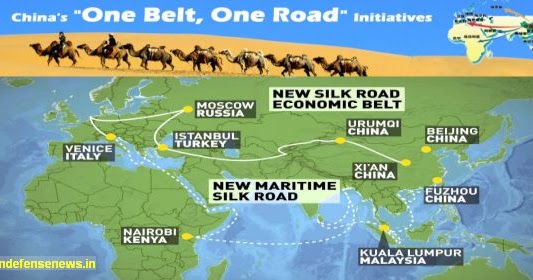I’ve seen a few documentaries about China’s One Belt One Road Initiative, one of, if not the largest infrastructure and investment megaprojects in history. It represents China’s growing role in global affairs, with a China-centered trading network throughout all of Asia, mustering the cooperation of land-locked, low-population neighbors who have traditionally been in Russia’s sphere of influence.
It’s an important story that I’ve seen told in a few different ways. This show was produced in English by DW, the German public broadcasting network. The cinematography is spectacular with lots of aerial vistas, illustrative graphics and realpolitik. The more human impacts are seen during the second half, along with glimpses of life in long-isolated countries like Muslim-majority, Russian-speaking Kazakhstan.
By landmass, Kazakhstan is the 9th largest country and the largest landlocked country in the world, with a population of only 18 million – or just over half the population of the Chinese city of Chongqing. Although the locals in this region are excited about heretofore unseen opportunities, there are also fears that the Chinese who come with the One Belt project will settle and eventually engulf their tiny population, in a stampede for their copious arable land and vast petroleum deposits.
The Chinese try to allay such fears by repeating that conquest and hegemony are not part of their culture. Meanwhile, Russia’s influence has waned in recent decades, its economy dwarfed by China’s.
A Russian-Kazakh commentator explains, “For Putin, as for Stalin before him, military strength is the primary factor but that’s just not enough in today’s world. You need an efficient economy, technology, science. Putin’s Russia has none of that. Kazakhstan and Uzbekistan are already turning towards China while trying to maintain a balance but Russia’s all talk. China has the money. All Russia has his memories her glorious past.”
China is the future and there’s a lot to learn here. Chongqing, in southwest China, where the One Belt begins is the most populous municipality in China. (I’d never heard that before!) China now has the largest network of high-speed railroads of trains, which travel at 250 km/h (160 mph). The trains are manufactured in partnership with French, Japanese, Canadian and German consortiums.
While many around the world are quaking in their boots at the prospect of China’s inexorable ascendency, there are doubtless many opportunities and hopefully, peace.

